Banuyo Tree
- October 28, 2024
- 0 comment
The Banuyo Tree, scientifically known as Wallaceodendron celebicum, is a prominent species in Southeast Asia, especially in the Philippines. Known for its sturdy wood and environmental benefits, the Banuyo Tree plays a critical role in local ecosystems by stabilizing soils, promoting biodiversity, and supporting native wildlife.
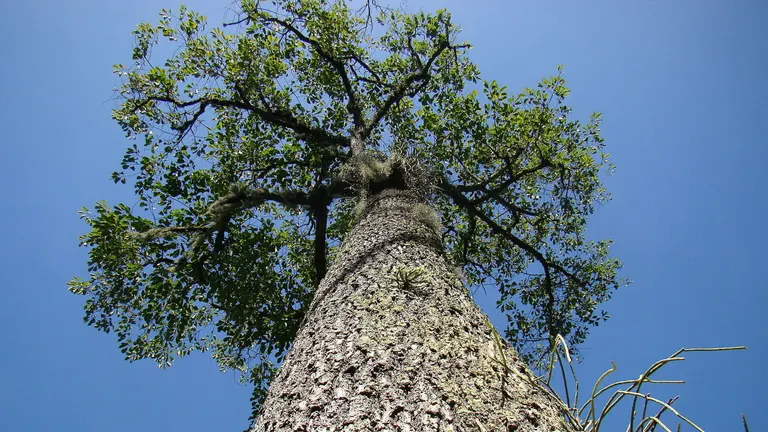
Botanically classified within the Fabaceae family, Banuyo Trees contribute significantly to biodiversity, offering a habitat for various species and enriching soil health. This tree is not only valuable ecologically but also has cultural and economic importance, being prized for its quality timber and its role in sustainable forestry.
What Is a Banuyo Tree?
The Banuyo tree is a flowering tree in the legume family, Fabaceae, known for its durability, beauty, and adaptability. Primarily found in the Philippines and parts of Southeast Asia, the Banuyo is commonly recognized for its resilient hardwood, which is sought after for furniture, construction, and carving.
characteristics of the Banuyo tree include:
- Leaves: Pinnate and compound, with leaflets that are typically green and have a smooth texture.
- Flowers: Small, clustered white to yellowish flowers that add to the tree’s appeal.
- Bark: Dark brown to gray and rough, often showing deep furrows with age.
An interesting fact about the Banuyo tree is its ability to improve soil health through nitrogen fixation. This characteristic, typical of legumes, enriches the soil, making it more fertile for surrounding plants. Additionally, the Banuyo tree can live for several decades, making it a reliable long-term presence in forests and landscapes.
Different Types of Banuyo Tree Species
While Wallaceodendron celebicum is the primary species referred to as Banuyo, the tree shares similarities with other hardwoods in its family that are valued for similar traits. Within its family, species vary in size and habitat, adapting to specific conditions in tropical climates.
Notable species in the Fabaceae family:
Pterocarpus Indicus (Narra)
Known for its red-colored wood and its role in traditional medicine.
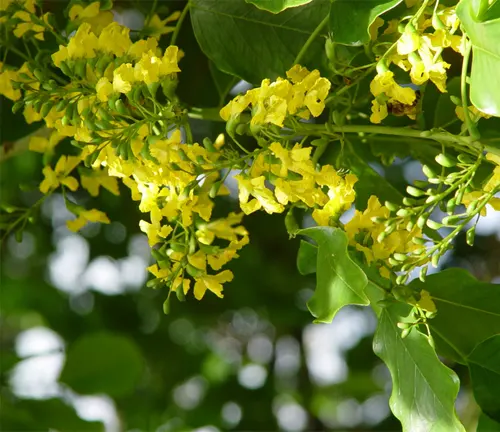
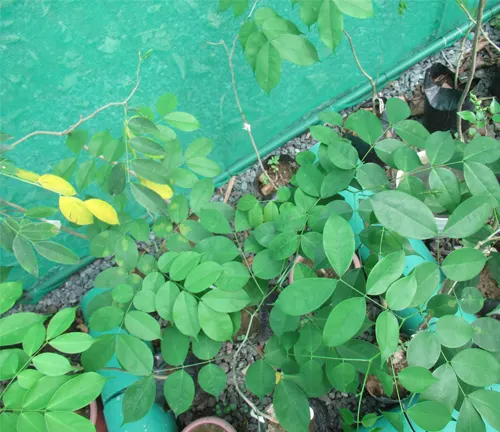
Afzelia Rhomboidea (Tindalo)
Renowned for its strong, decay-resistant wood.
Intsia Bijuga (Ipil)
Often confused with Banuyo but has a distinct reddish-brown wood.
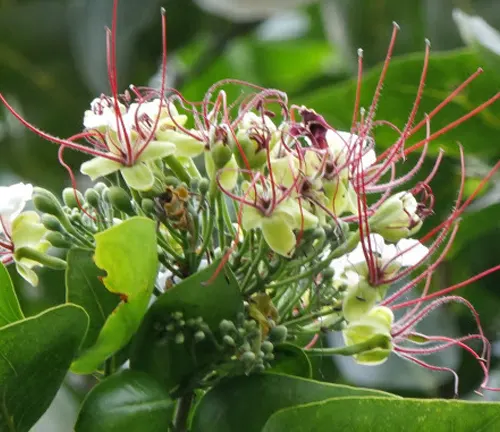
Although they differ slightly in appearance and growth habits, each of these species has a vital role in its ecosystem, providing shelter, soil enrichment, and diverse habitats.
Where Do Banuyo Trees Grow?
Banuyo trees thrive in tropical and subtropical climates, especially in areas with warm, humid conditions. Native to the Philippines and other parts of Southeast Asia, they are commonly found in lowland forests and areas with well-drained soil. Banuyo trees prefer regions with:
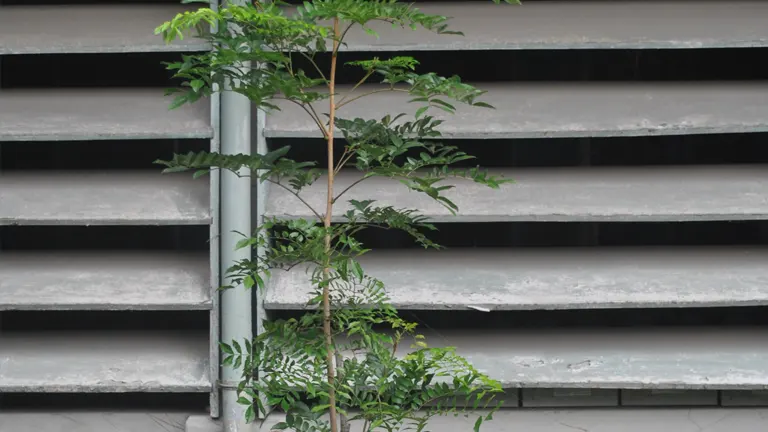
- Consistent rainfall: High moisture levels help Banuyo trees maintain their foliage and vigor.
- Rich, well-draining soils: These trees flourish in nutrient-rich soils but can adapt to varying soil conditions.
Due to their ability to stabilize soil, Banuyo trees prevent erosion and help maintain the integrity of their environments, especially in forested regions where they create habitats for various species.
How to Grow and Care for Banuyo Tree
Growing a Banuyo tree can be rewarding, especially if the right conditions are met. Here’s a guide for successful planting and care:
- Soil Requirements: Banuyo trees thrive in loamy, well-drained soil. Adding organic compost can further enhance growth.
- Water Needs: Regular watering is ideal, especially during dry seasons. However, the tree is fairly drought-resistant once established.
- Sunlight: Full sunlight is preferred to ensure healthy growth, as it supports the tree’s photosynthesis needs.
Propagation Tips:
Banuyo trees are typically propagated by seeds. Fresh seeds have a higher germination rate, and once seedlings have sprouted, they should be transplanted to a spacious, sunny area with ample room to grow.
Maintenance:
Pruning dead or diseased branches helps maintain the tree’s health and shape. Additionally, using natural pest repellents can protect young trees from insects.
Ecological Benefits of Banuyo Tree
The Banuyo tree offers numerous ecological benefits:

- Soil Enrichment: By fixing nitrogen, Banuyo trees naturally improve soil quality.
- Erosion Prevention: Their strong roots help stabilize soil, especially in areas susceptible to erosion.
- Biodiversity Support: These trees provide habitat for birds, insects, and small mammals, contributing to the rich biodiversity of Southeast Asian forests.
Banuyo trees play a key role in carbon sequestration, absorbing CO₂ from the atmosphere and mitigating climate change effects.
Banuyo Tree Flowering and Pollination
Banuyo trees produce flowers seasonally, typically small and clustered with hues ranging from white to yellow. The flowers attract pollinators like bees, which play a crucial role in maintaining the tree’s reproduction cycle and supporting local biodiversity.
Is the Banuyo Tree Drought-Tolerant?
Banuyo trees are moderately drought-tolerant. While they perform best in moist environments, established trees can withstand short periods of drought. Their resilience makes them valuable in regions with seasonal dry spells, and they can often be found in areas with a mix of wet and dry seasons.
Banuyo Tree and Wildlife Interactions
Banuyo trees are a haven for many wildlife species. Birds often nest in their branches, while small mammals and insects find shelter in the tree’s dense foliage. Some animals even rely on Banuyo for food, particularly its seeds and leaves.
Banuyo also supports fungi and microbes in the soil, which contribute to the ecosystem by breaking down organic material and cycling nutrients.
Conclusion
The Banuyo tree is a remarkable species with significant ecological, economic, and cultural value. Its role in soil health, biodiversity support, and erosion prevention make it essential for Southeast Asian forests and landscapes. As a hardwood tree with multiple uses, the Banuyo contributes to both human economies and natural habitats, underscoring the importance of conservation efforts to protect this valuable species for future generations.
Frequently Asked Questions (FAQs)
- What is the scientific name of the Banuyo tree?
The scientific name is Wallaceodendron celebicum. - Where is the Banuyo tree commonly found?
Banuyo trees are native to the Philippines and Southeast Asia, especially in tropical lowland forests. - What are the main characteristics of the Banuyo tree?
Banuyo trees have dark brown bark, pinnate green leaves, and small white to yellowish flowers. They are known for their durable hardwood. - Why is the Banuyo tree important for the environment?
It enriches soil by fixing nitrogen, prevents erosion with its strong roots, and provides habitats for wildlife. - Can Banuyo trees survive in dry conditions?
Yes, mature Banuyo trees are moderately drought-tolerant, although they prefer consistent moisture. - How does the Banuyo tree support local wildlife?
Banuyo trees offer shelter and food to birds, insects, and small mammals, promoting biodiversity. - What are Banuyo trees used for?
Their hardwood is prized for furniture, construction, and decorative carving due to its durability. - How can you grow a Banuyo tree at home?
Plant Banuyo seeds in well-drained soil with full sunlight. Regular watering and occasional pruning keep it healthy.
We hope this guide highlights the Banuyo tree’s ecological and cultural value. Have experiences with Banuyo trees or ideas on conservation? Share your thoughts below to help others appreciate its role in biodiversity and environmental health. Share this guide with anyone committed to preserving nature and building a sustainable future.


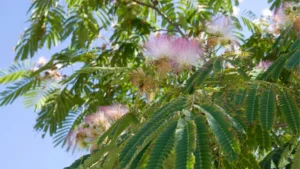
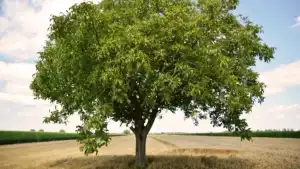
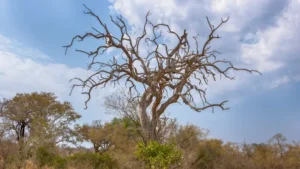
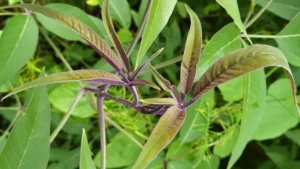
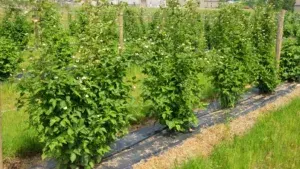
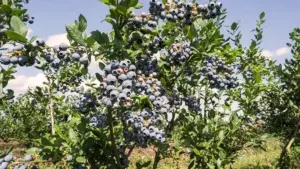
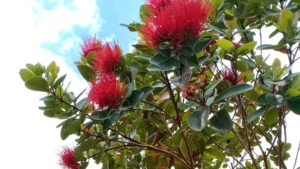
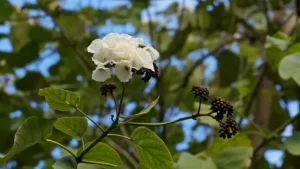
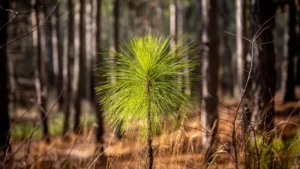
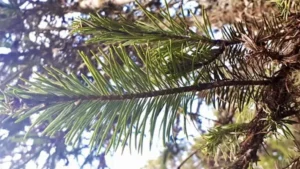
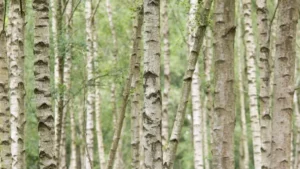
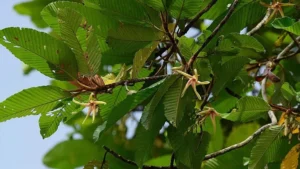
Leave your comment